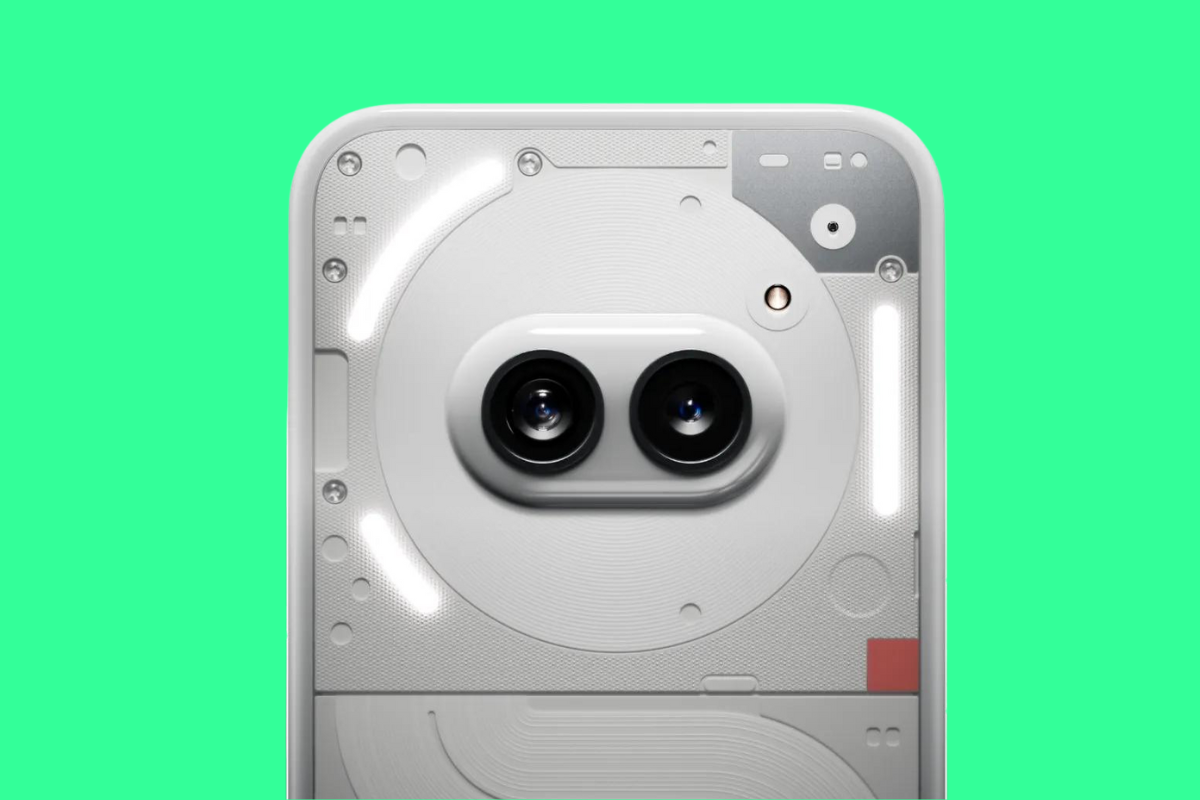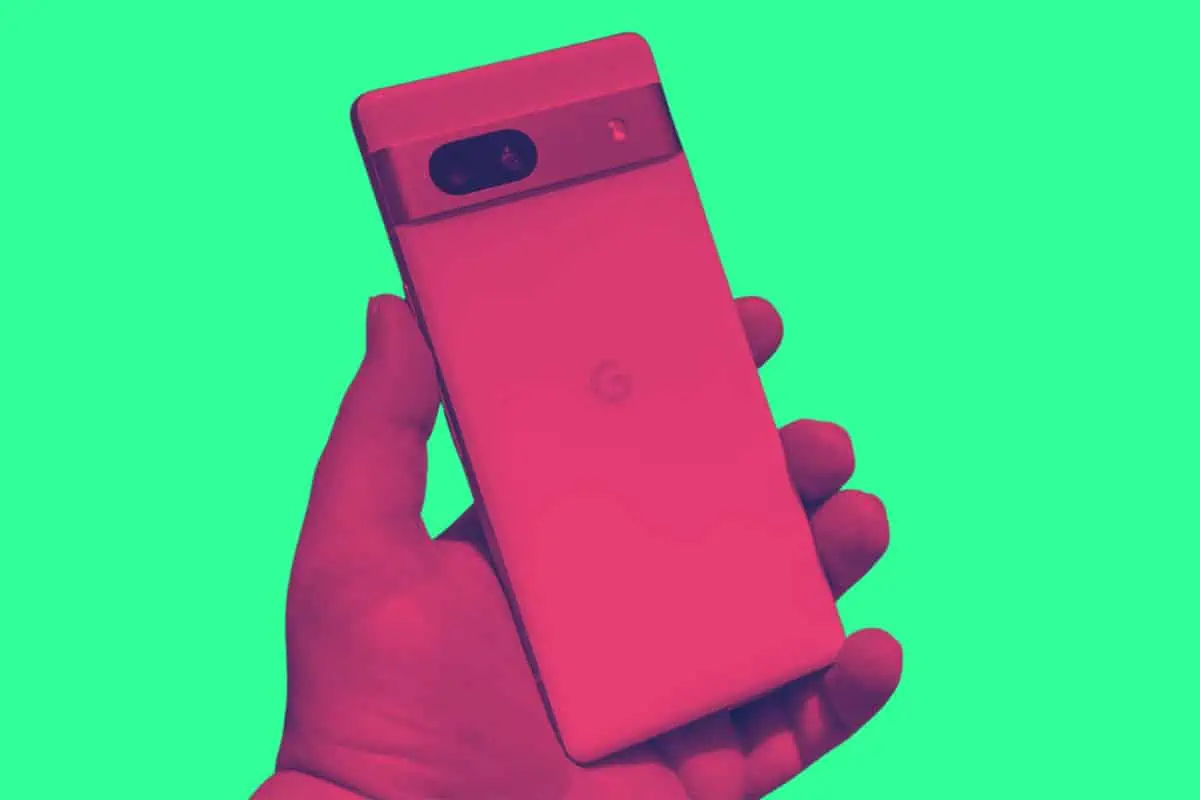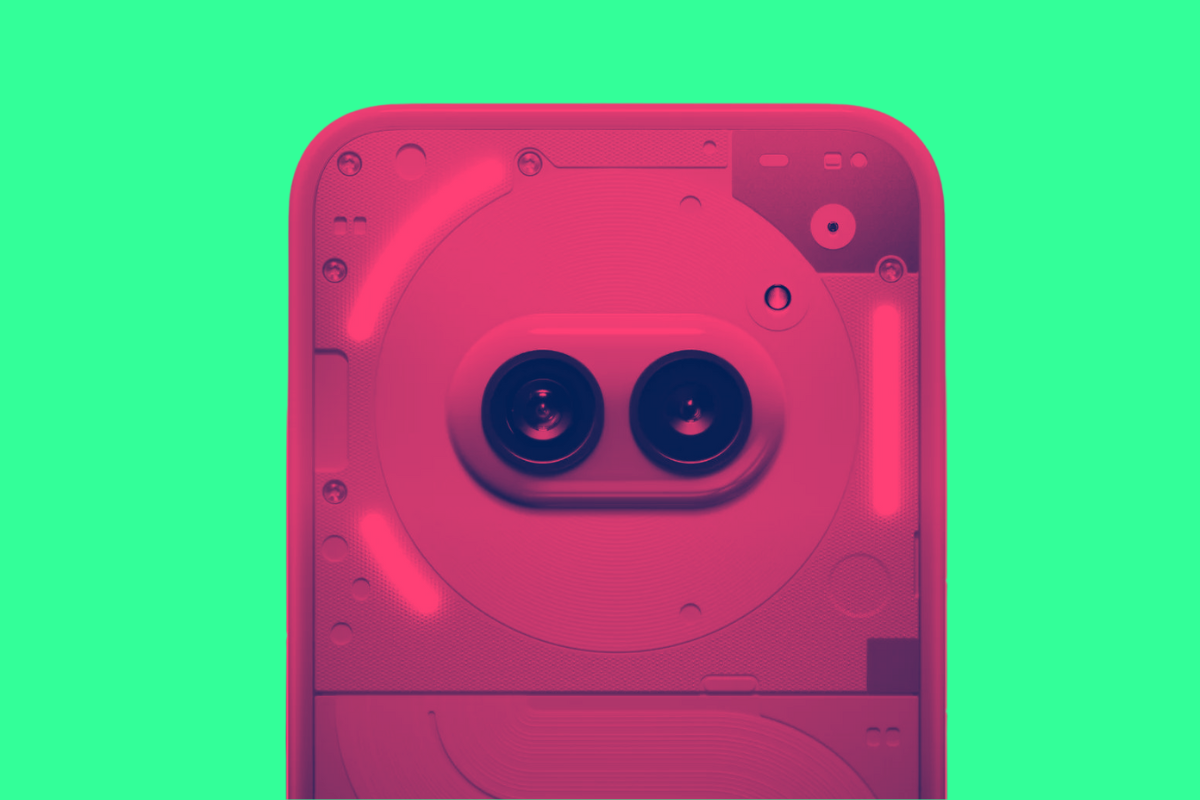Carl Pei’s Nothing unveils its new smartphone, the Nothing Phone (2a) – here’s everything you need to know…
Nothing Phone (2a): Launch Day Stats
The Nothing Phone 2a has clocked an impressive 100,000+ sales just hours after its launch, highlighting the London-based company’s expanding influence in the smartphone market.
Carl Pei, CEO and Co-Founder of Nothing, praised the Phone 2a for introducing innovative features to a broader audience and acknowledged the community, partners, and team for their support in achieving this sales milestone.
Nothing has received over £100 million in investment and produced the first British-designed smartphone since 2016, backed by notable figures like Google Ventures, Tony Fadell (iPod inventor), and Kevin Lin (Twitch co-founder).
Is The Nothing Phone (2a) Any Good?
So, what’s the deal with the Nothing Phone (2a)? It’s a mid range phone – in the vein of the Pixel 7a – that places a HUGE emphasis on design and aesthetics, something sorely missing in this part of the market, where phones are boring, dull rehashes of their more expensive flagship brothers.
Despite being a relatively small player compared to tech giants like Apple and Samsung, Nothing has quickly distinguished itself through a blend of aesthetic appeal and technological innovation with its OG Nothing Phone and, of course, the Nothing Phone 2.
“We wanted to create something that stood out from the sea of smartphone sameness while still delivering on performance and quality,” said Nothing design director Adam Bates. “That meant going back to the drawing board for a completely new design language that was bold and playful but still approachable.”
Nothing.
Nothing Phone (2a) Design

This phone is an experiment in design, not performance. Performance will be fine, but the USP of the Nothing Phone (2a) – as well as its predecessor – is how it looks, the aesthetics. And, as everybody knows: Gen Z love their aesthetics.
The Phone (2a) features a transparent case that subtly reveals inner components like the wireless charging coil, a design choice intended to reflect Nothing’s emphasis on transparency. The back of the phone has a pair of circular camera “eyes” containing two advanced rear sensors.
The phone has an aluminum frame made from 100% recycled materials and a durable polycarbonate back. But it is its distinct looks that are its real USP, these are what Nothing is using to differentiate the phone from similarly priced handsets from Samsung, Motorola, and Xiaomi.
Having an Apple-like pretension about design, going in deep on every corner, crevice, and notch on the phone, is what Nothing wants to be known for. When the design is eye-catching, unique, people – in their droves – start to take note.
And stuff like the fact it runs a mid-range CPU – the MediaTek Dimensity 7200 Pro (4 nm) – and that its camera isn’t as good as what you get inside the Pixel 7a, iPhone 15, or Google Pixel 8, starts to fade away.
On the subject of the MediaTek CPU, it’s a solid mid-range option with decent performance, power efficiency, and affordability. Well-suited for everyday tasks, casual gaming, and moderate content creation, the chipset will be adequate for most types of user
It isn’t as powerful as what you’ll find inside the iPhone 15 Pro Max or the Samsung Galaxy S24 Ultra. But then again, hardly any people that use these phones truly capitalise on all the latent power they have at their disposal.
But that’s not really the point. The point is that it provides decent-enough performance for the things that matter – web browsing, apps, gaming, smooth navigation inside NothingOS, and it costs significantly less than Qualcomm’s SD 8 GEN 3 platform which means a lower build costs and a lower RRP.
The Design Was Inspired By The 1972 New York City Subway Map
Inspiration for the Phone (2a)’s design came from diverse sources, including the visual simplicity of the 1972 New York City subway map.
According to industrial design lead Chris Weightman, the goal was to “portray the advanced technology inside through a stylized exterior that plays with light, shadow, and the phone’s physical layers.”
Nothing wants to make its phones as close to Apple’s iPhone – with respect to hardware and software integration – as possible. Read any of its published content, the brand constantly talks about NothingOS, the fact it is proprietary, and how it was designed to blend not only with the phone’s design, but also its components.
It’s a commendable thing too. Most Android OEMs just whack Android onto their hardware and ship it off to stores. They don’t think about support, UX design, or how the software “works” with the hardware. Nothing’s approach, if it’s not just marketing bravado, is a better way of doing things.
It’s Got Environmentally-Friendly Credentials Too
The Phone (2a) also reflects Nothing’s broader commitment to environmental sustainability and reducing manufacturing waste. The phone’s packaging and accessories are all plastic-free, continuing the theme of transparency with see-through recycled paper.
More brands need to be doing this. Talk is cheap, but it is nice to see Nothing leading by example. The amount of waste created by the consumer electronics industry is staggering, so adopting more environmentally sound production techniques and materials isn’t just commendable, it is now essential.
Is It Coming To The US. But – More Importantly – Is It Better Than The Google Pixel 7a?

The Nothing Phone (2a) will cost around $399.99 – or £400 in the UK. That’s a solid price point for a phone with a lot of character. Next to the Pixel 7a, the Nothing Phone (2a) doesn’t just look better, it looks more expensive as well – and it retails for around the same price.
Of course, I haven’t had a chance to test the phone out yet. But I do know that it is going to have a seriously hard time matching the pure utility of the Pixel 7a which has a great camera, solid software, decent battery life, AI smarts coming out of its ears, and very good support with respect to Android updates.
Given the choice, I’d probably be inclined to go with the Pixel 7a over these two phones. And the reason? The camera tech and the Tensor AI smarts the phone has – some of which are genuinely really useful.
But the Nothing Phone (2a) will be coming to the US market, and that is a good thing because, let’s face it: as markets go, the USA’s is about as dull as it gets with overall choice. You have Samsung, Apple, Motorola… and that’s about it with the major carriers.
Having another option with Nothing phones is not only good for consumers, as these phones are generally priced much lower than Samsung and Apple’s equivalents, but it is also good for competition – it’ll force everybody to raise their respective games.
Because if Nothing is putting this much care and attention into a mid-range phone, it’ll force brands like Motorola and Samsung to do the same. Hell, maybe even Apple too.


